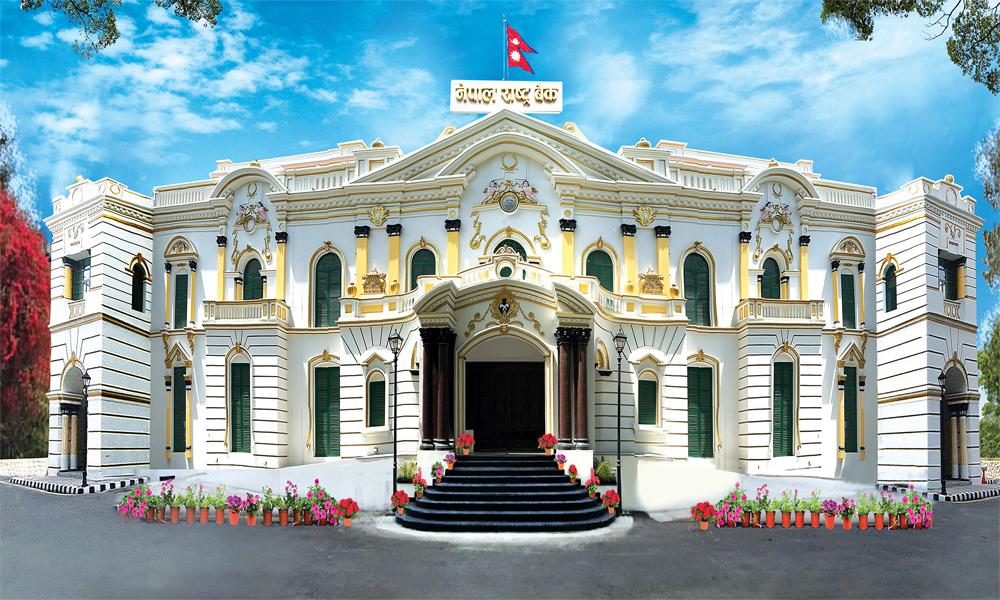By Dipesh Ghimire
Rising CPI and Economic Fluctuations: A Closer Look at Nepal's Economy

The recently released economic data provides a detailed look into Nepal's financial health over recent years. Key indicators such as Consumer Price Index (CPI), remittances, trade balance, and foreign reserves reveal a nuanced picture of growth, challenges, and recovery trends.
Inflation on the Rise
The Consumer Price Index (CPI) has seen a fluctuating trend, with an annual increase from 4.19% in 2020/21 to 8.08% in 2021/22, before moderating to 3.57% in 2023/24 (annual). However, the mid-October figure for 2023/24 surged to 7.50%, highlighting recent inflationary pressures. Notably, the food CPI remains volatile, reaching 8.53% in mid-October 2023/24, reflecting heightened costs of essential goods.
This spike in inflation can be attributed to external factors, such as the global rise in food prices, supply chain disruptions, and import dependency, as well as internal challenges like low agricultural productivity and rising fuel costs.
Trade and External Sector Stability
Exports experienced a sharp decline, with growth falling from 41.7% in 2021/22 to -3.0% in 2023/24 (annual). The mid-October figure suggests a further contraction of -6.1%, reflecting Nepal's challenges in maintaining export competitiveness. Imports, however, remained relatively stable, with marginal growth of 1.7% in mid-October.
On a positive note, the Balance of Payments (BoP) improved significantly, recording a surplus of Rs. 502.5 billion in 2023/24, compared to a deficit of Rs. -252.4 billion in 2021/22. This improvement is linked to robust remittance inflows, which reached Rs. 1,445.3 billion, showcasing the critical role of Nepali workers abroad in sustaining the economy.
The trade deficit, while still substantial at Rs. -1,440.6 billion, narrowed slightly, reflecting reduced imports and rising foreign reserves, which reached USD 15.27 billion in 2023/24.
Financial Sector Trends
Nepal's financial sector witnessed a mixed performance. The weighted average lending rate of commercial banks remained high at 12.11% in mid-October 2023/24, placing pressure on businesses reliant on loans. However, broad money (M2) growth remained stable at 13.9%, signaling adequate liquidity in the market.
Stock Market Revival
The NEPSE index, a key indicator of investor sentiment, recovered significantly from 1,864.6 in mid-October 2023/24 to 2,742.9 in mid-October 2024/25, reflecting renewed optimism in the stock market. This resurgence could be linked to improved macroeconomic indicators and easing financial conditions.
Public Finance Concerns
Government revenue growth slowed to 5.0% in mid-October 2023/24 but is projected to rebound to 13.3% by mid-October 2024/25. However, expenditure growth remains subdued, with recurrent spending as a percentage of GDP declining to 16.7%.
The rising domestic debt, now at Rs. 1,232.3 billion, coupled with increasing external debt, raises concerns about fiscal sustainability. The government must focus on efficient public spending to ensure long-term economic stability.
Interpretation
The data highlights both strengths and vulnerabilities in Nepal's economy. While the improvement in the balance of payments and stock market resurgence provides hope, rising inflation and slowing export growth underline the urgent need for policy interventions. Reducing trade dependency, improving domestic production, and supporting export sectors are critical for sustainable growth. The government must also address inflationary pressures to ensure the affordability of essential goods for citizens.
As Nepal navigates these economic challenges, a balanced approach focusing on fiscal discipline, sectoral reforms, and macroeconomic stability will be key to fostering inclusive growth.









